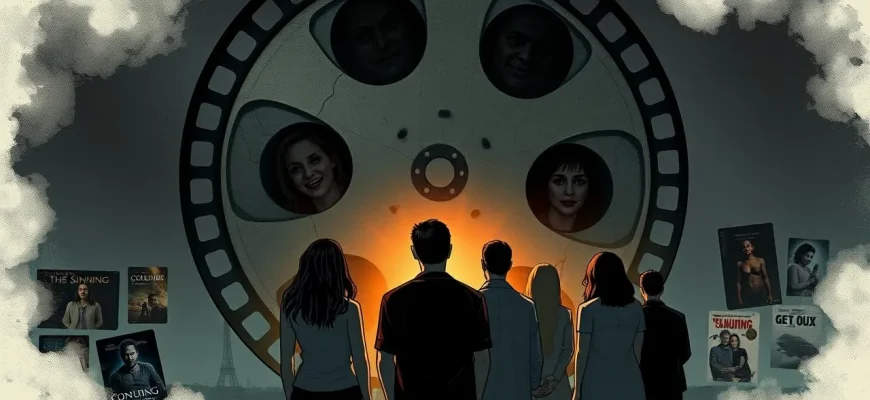Welcome to our curated list of the top horror films from the 21st century. This selection showcases the evolution of horror cinema, highlighting films that have not only terrified audiences but also redefined the genre with their innovative storytelling, chilling atmospheres, and unforgettable scares. Whether you're a seasoned horror fan or new to the genre, these films offer a spine-chilling journey through modern horror.
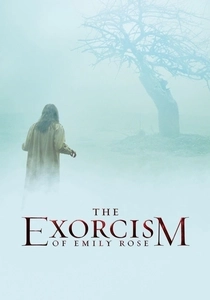
The Exorcism of Emily Rose (2005)
Description: This film blends courtroom drama with supernatural horror, telling the story of a priest on trial for the death of a young woman he attempted to exorcise. Its chilling depiction of possession and the legal battle that ensues makes it a standout in the horror genre.
Fact: The film is loosely based on the real-life case of Anneliese Michel, whose exorcism and subsequent death in 1976 caused a legal stir in Germany.
 Watch Now
Watch Now 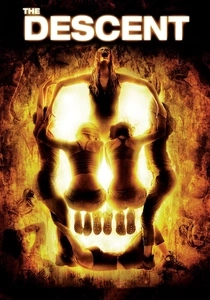
The Descent (2005)
Description: This British horror film follows a group of women on a caving expedition that turns into a nightmare when they encounter monstrous creatures in the cave. Its claustrophobic setting and relentless tension make it a must-watch for horror fans.
Fact: The film features two different endings, one for the UK and another for the US, with the latter being more optimistic.
 Watch Now
Watch Now 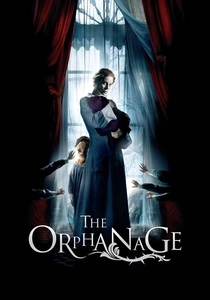
The Orphanage (2007)
Description: This Spanish film tells the story of a woman who returns to her childhood home, now an orphanage, to reopen it, only to encounter ghostly children. Its emotional depth and haunting visuals make it a standout in horror cinema.
Fact: The film was produced by Guillermo del Toro, who was so impressed by the script that he decided to help bring it to life.
 Watch Now
Watch Now 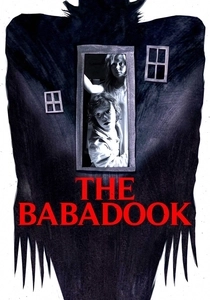
The Babadook (2014)
Description: A psychological horror film about a widow and her son who are haunted by a sinister presence from a children's book. Its exploration of grief and fear of motherhood adds layers of depth to the horror.
Fact: The film was initially banned in several countries due to its intense themes but later received critical acclaim for its emotional depth.
 Watch Now
Watch Now 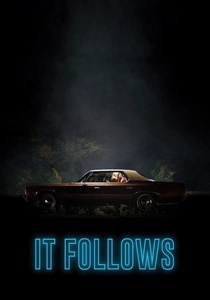
It Follows (2014)
Description: A unique horror film where a sexually transmitted curse causes the victim to be pursued by a shape-shifting entity. Its slow-burn approach and existential dread have made it a modern classic.
Fact: The film was shot in Detroit, Michigan, using many abandoned locations to enhance its eerie atmosphere.
 Watch Now
Watch Now 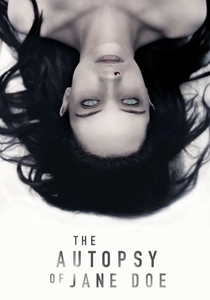
The Autopsy of Jane Doe (2016)
Description: This film revolves around a father-son team of coroners who uncover supernatural secrets during the autopsy of an unidentified woman. Its confined setting and escalating horror make it a gripping watch.
Fact: The film was shot in just 25 days, with much of the action taking place in a single location.
 Watch Now
Watch Now 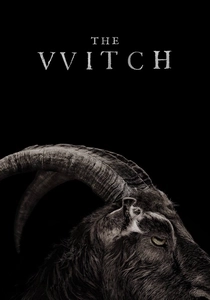
The Witch (2015)
Description: Set in 1630s New England, this film explores the disintegration of a Puritan family due to supernatural forces. Its historical accuracy, atmospheric dread, and folk horror elements make it uniquely terrifying.
Fact: The film uses authentic 17th-century English dialect, making it linguistically accurate for the period.
 Watch Now
Watch Now 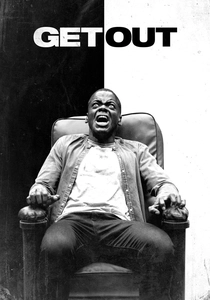
Get Out (2017)
Description: Jordan Peele's directorial debut combines social satire with horror, telling the story of a young African-American man who uncovers a sinister plot at his white girlfriend's family estate. Its commentary on race and identity horror is both chilling and thought-provoking.
Fact: The film won the Academy Award for Best Original Screenplay, a rare feat for a horror movie.
 Watch Now
Watch Now 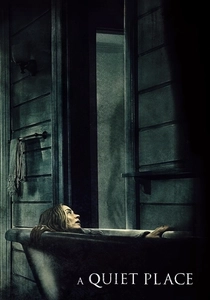
A Quiet Place (2018)
Description: In this post-apocalyptic horror, a family must live in silence to avoid creatures that hunt by sound. Its innovative use of silence as a narrative device creates a palpable tension throughout the film.
Fact: The film was directed by John Krasinski, who also stars alongside his real-life wife, Emily Blunt.
 Watch Now
Watch Now 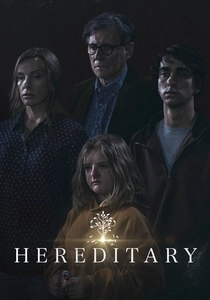
Hereditary (2018)
Description: This film delves into family trauma and occultism, following a family that uncovers dark secrets after the death of their grandmother. Its slow build-up to terror and shocking twists have cemented its place in modern horror.
Fact: The film's director, Ari Aster, was inspired by his own family dynamics, particularly his relationship with his mother.
 Watch Now
Watch Now 
